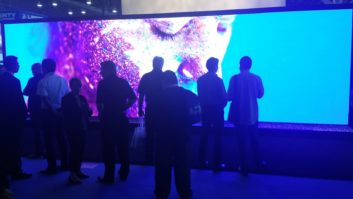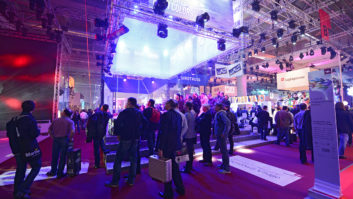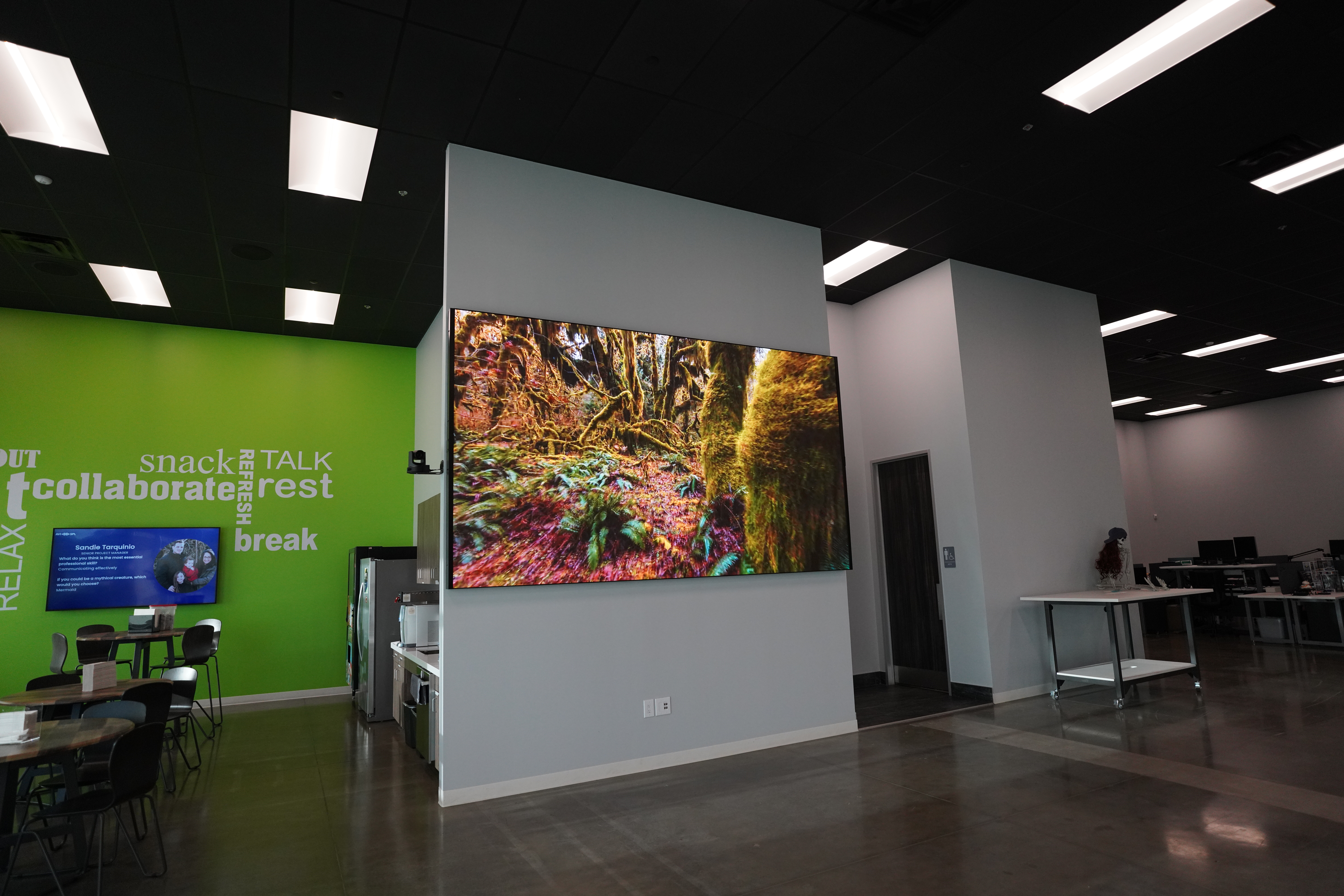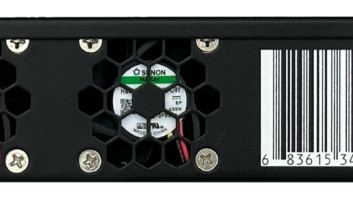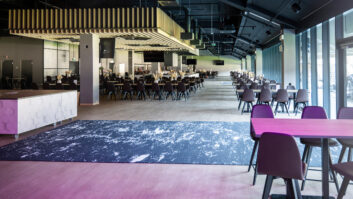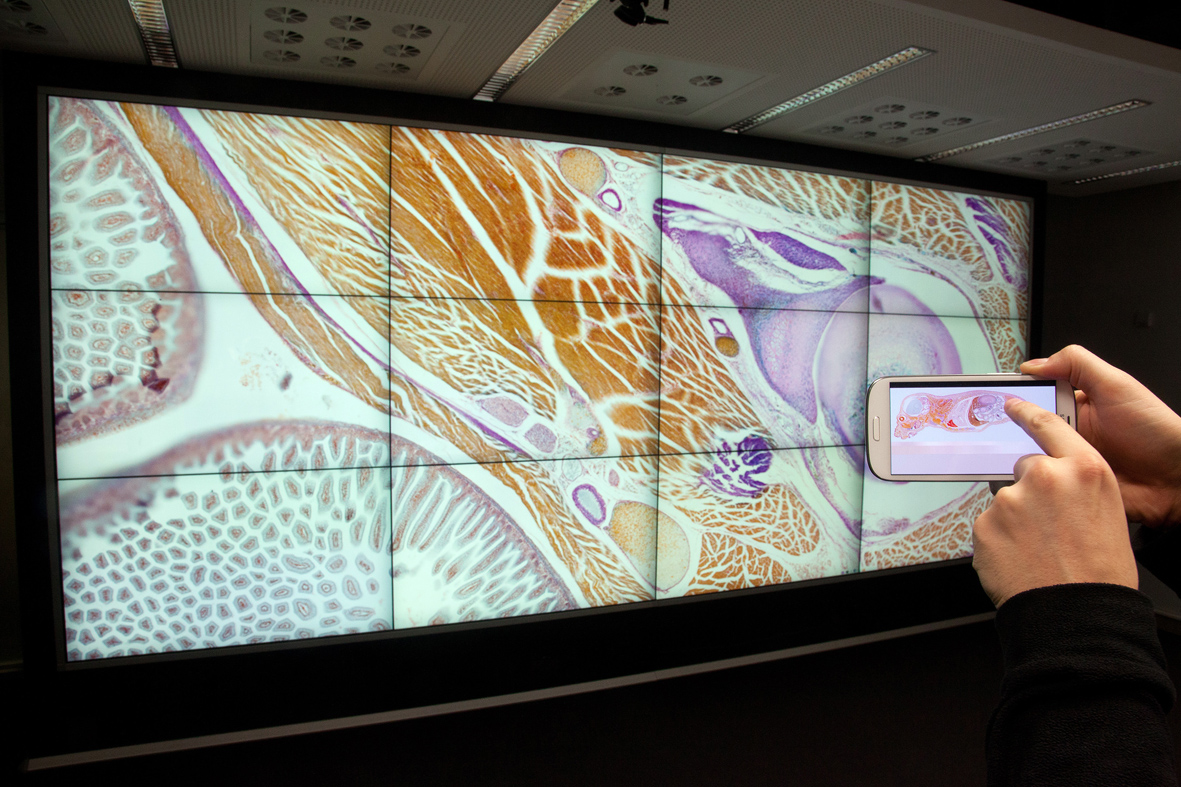
Steve Montgomery investigates the development of videowall controllers and the effect this has had on applications of large screen, multi-display videowalls.
The video processing technology used to create and process video content for large-screen displays has existed in commercial form since the 1990s, and as research and specialist technology for some time before that. It has been developed over the decades since then; adapted and re-used for application with new display technologies and for new uses, such as multi-screen videowalls, and produced in many different formats and quality levels, allowing it to be applied and integrated in low-cost, and hence widely used, equipment.
Video scaling, up-conversion or more accurately ‘interpolation’, was developed initially for application in the broadcast and high-end display industries to convert material between different worldwide TV standards and to create high-resolution images from low-resolution sources. Powerful hardware-based processors were able to turn standard-definition TV into high-definition TV, usually by ‘estimating’ the picture information that should be present on TV lines that weren’t actually there. For much of its life video was primarily analogue – PAL, NTSC, VGA, and the like – but the processing was generally performed in the digital domain with converters at either side to interface to the analogue equipment. The same processing concept forms the basis of the scaling and image manipulation used today in equipment that retains the fundamental technical procedures of the original designs.
This process is still complex and is becoming more so, requiring greater processing power as signal and display resolutions increase through HD to 4K UHD and beyond. “The processing of images is a complicated process that requires breaking down incoming digital signals into individual components, manipulating them, scaling the image to the required size to match the display, and then reassembling the signal,” explains Orrin Charm, Gefen’s product manager. “This is done with an array of large-scale digital signal processor ICs, along with a master control. As image resolution, frame rates and colour processing depth get higher, the magnitude of data and required bandwidth grow exponentially. We try to make it look simple on the outside, but there’s a lot going on under the hood.”
Integral scaling
All large-screen LCD display manufacturers now include integral scaling in each display to simplify the creation of multi-display videowalls. However in a hugely price-competitive market, scaling quality is bound by low-cost, low-quality processing. “Integral processing is useful in small-scale walls of 2 x 2 or 3 x 3 panels or so, in locations where effect is more important than quality, but for serious business and commercial applications external videowall controllers are essential,” says Andrew Yeo, managing director of AV and IT consultancy CCOMM.
One of the advantages of external video processors is that the devices will include additional functionality, such as switching, picture-in-picture and multi-image processing, that is often needed in a complete AV system. A switching-scaling unit designed as an integrated device will generally perform better than several cascaded devices with the multiple, often repeated, conversion stages that entails.
Tad Moy, technical director of Pixel Projects, explains why the company has standardised on the Crestron DigitalMedia system in its videowall installations: “In addition to superior scaling for the individual displays in a videowall, the Crestron DM switchers allow signal extension, decoding and switching of all the different sources encountered in sizeable installations, as well as the ability to add additional screens fed by the same sources on desks or other rooms. Videowalls are becoming more common, largely at the expense of projection, and are set to become more so as OLED, flexible displays and 4K become cheaper and more common. So the requirement to process more video, at greater quality and with greater control, will expand.”
www.creston.eu
www.ccomm.co.uk
www.gefen.com
www.pixelprojectsav.com

